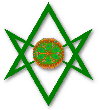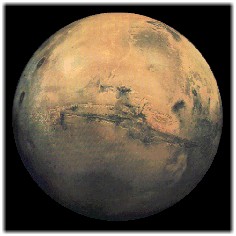At first it was used primarily as a research and communications facility for deep space radio telescopes. But as the climate gradually changed, the population grew until it almost rivaled Thrawn itself. Over the course of thousands of years, the emigrants adapted to the harsher conditions. The great shower that had devastated Thrawn left Seerae untouched. The thick crust absorbed the few impacts and several new volcanoes came to life and began to grow. The volcanic gas outpourings combined with the now vaporized cometary nucleus to raise the atmospheric pressure close to Thrawnian standards. The planet warmed up, and for several hundred thousand years, Thrawn seemed to be reborn. With the higher pressure, the water locked up in the ice caps melted and formed a large oceanianic system, girdling the world. With the ocean and the resulting winds, Thrawnian plant life was further spread over the planet. This was helped along considerably by the Seeraean colonists. And so, Seerae alone was the last planetary hope for the survival of the Civilization. Now along with the comet colonies what remained of Capthrawnian culture were physically cutoff from a home world that no longer existed as they knew it.
Return to the SLU Home World |

 Seerae, the next world out from Thrawn was given more consideration, due to its' relative ease of access. Its' mass was a bit more than a third of Thrawn, and the atmosphere never reached the same pressure as Thrawn. But it was never the less transformed into a livable biosphere several hundred years after the Capthraw first stepped off their world into space. Although a much colder one than they had known.
Seerae, the next world out from Thrawn was given more consideration, due to its' relative ease of access. Its' mass was a bit more than a third of Thrawn, and the atmosphere never reached the same pressure as Thrawn. But it was never the less transformed into a livable biosphere several hundred years after the Capthraw first stepped off their world into space. Although a much colder one than they had known.